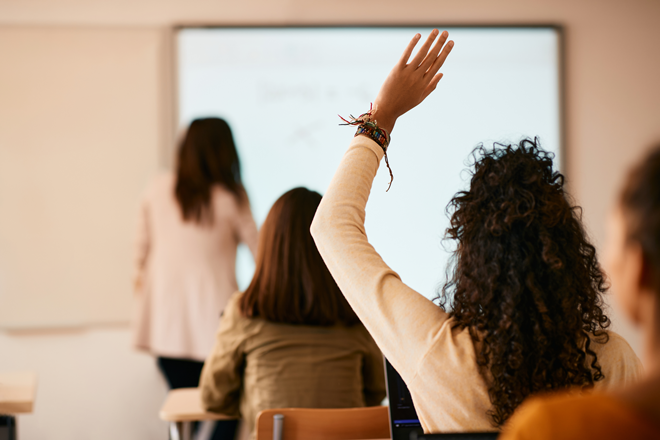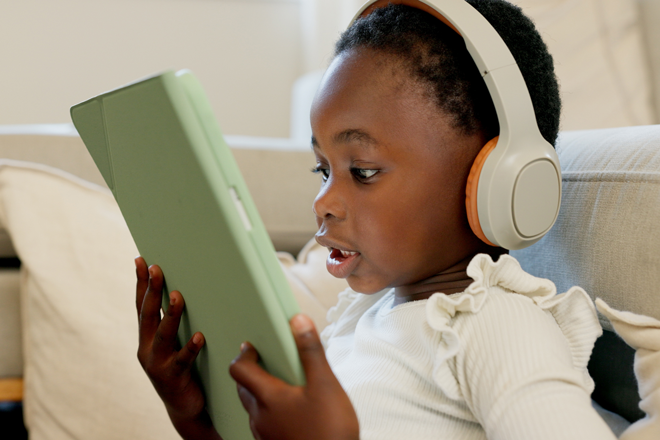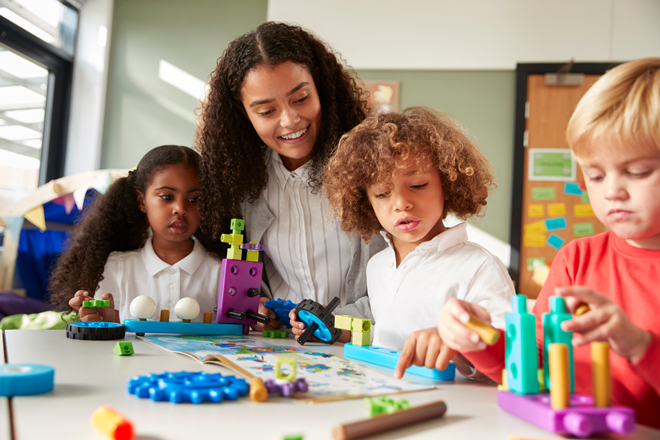In this study, we examined the effectiveness of Tools for Getting Along (TFGA) on teachers’ reports of executive functioning (EF), social-emotional, and behavioral skills of elementary school students. TFGA is a classroom-level prevention curriculum that teaches students problem-solving steps to apply in emotionally charged situations.
Practice-based coaching (PBC) promotes a strong collaborative partnership between teachers and coaches to facilitate the use of effective instructional practices. The PBC process includes skills instruction on BEST in CLASS practices, shared goals and action planning, implementation support, classroom observation, and reflection and feedback.
The Office of the U.S. Surgeon General released a general advisory report in May 2023 on public health concerns related to youth’s use of social media. This report on Social Media and Youth Mental Health includes research on the positive and negative impacts of social media use on youth health and well-being. Read about what policymakers, technology companies, parents and caregivers, youth, and researchers can do to create safer and healthier online environments for children.









